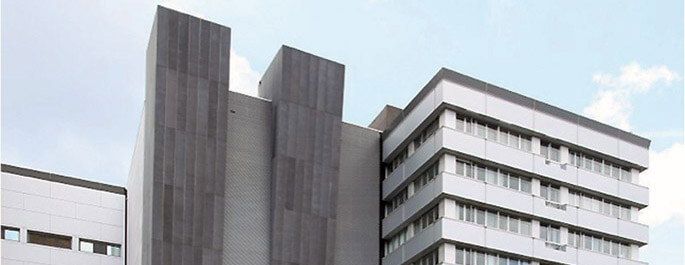KPN, the leading telecommunications and ICT service provider in the Netherlands was seeking a data center solution. In response to growing customer needs, the company, which offers wireline and wireless telephony, Internet and TV to consumers and end-to-end telecom and ICT services to business customers, wanted to explore new data center operating models. It sought a model that would meet both environmental and cost challenges, while ensuring mission-critical reliability for at least 15 years.
To meet those needs, KPN approached KyotoCooling, which implemented four data centers in 2007. “The enormous reduction in the amount of energy required to cool the data center equates to an annual financial savings of approximately €8.4 million ($12 million),” said Frans Sas, project manager at KPN. “In terms of CO2 savings, annually this is approximately 51.2 million kilograms of carbon. To put this in perspective, a single, fully grown tree absorbs, on average, between 20 and 25 kilograms of CO2 every year.
Ecological Economic Benefits
- 10-year lifecycle kWh saved: 1,037 million kWh
- 10-year lifecycle operational savings: €103 million-plus
- 10-year lifecycle water conserved: 286 million gallons
- 10-year lifecycle CO2 reduction: 625,411
“Clearly, our decision to build a data center using KyotoCooling is more than substantiated by these results, allowing us to achieve huge energy savings while meeting our environmental goals, increasing data center reliability and reaping large cost benefits,” said Sas.
The data centers have helped KPN improve services for clients in Germany and Belgium, where it serves high-profile blue-chip companies, 80 percent of which are listed among the top 600 Dutch companies.
89% Free Cooling 1.10 — Annual Mechanical PUE
According to the 2011 KPN annual report, its new data center model is a success. “Our energy savings program is yielding results at our data centers, as well. These have been of such a scale that we were bold enough to raise our original energy efficiency target (20 percent relative to 2005 by 2020) to 30 percent (expressed as a PUE percentage).”

